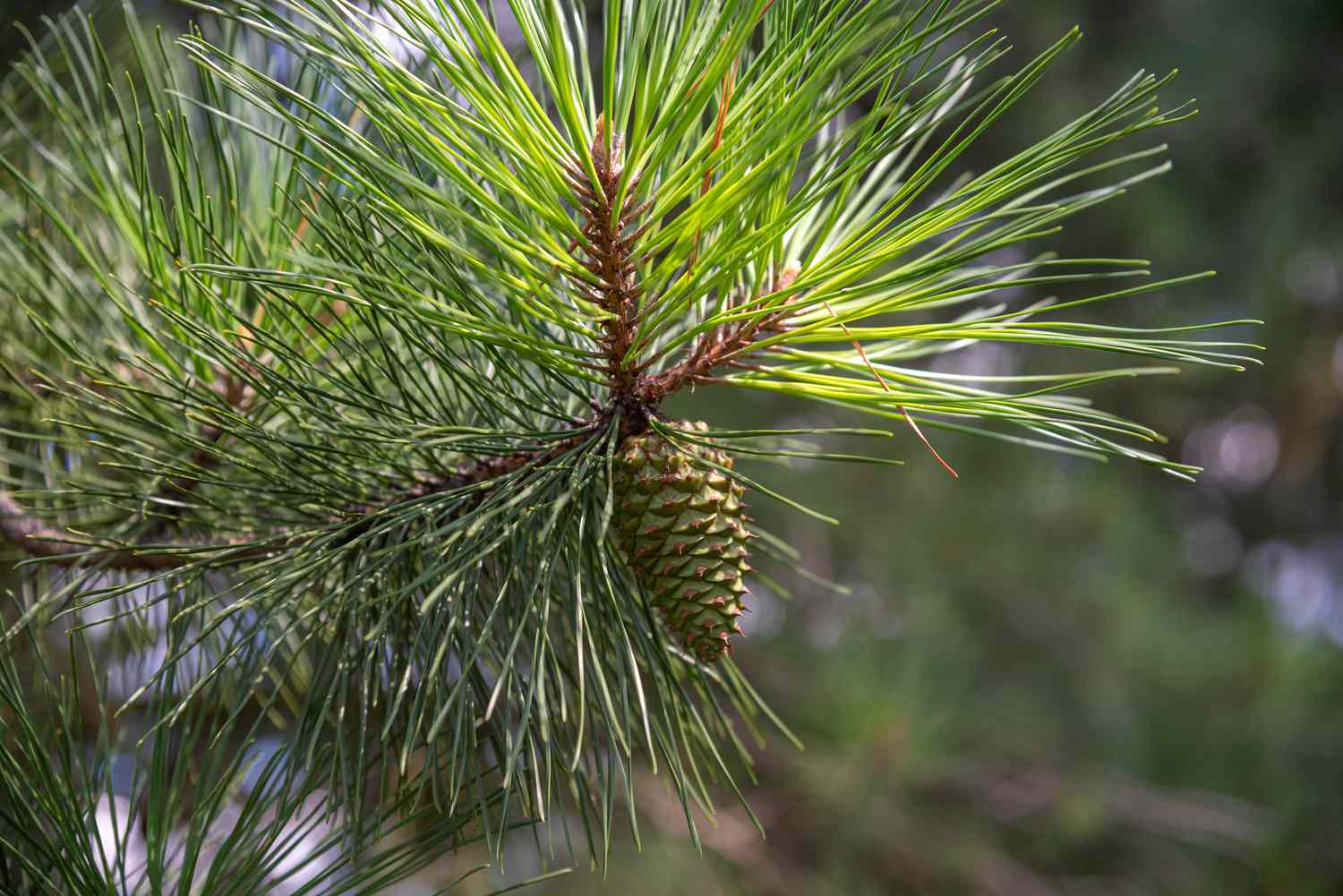7 Reasons Your Pine Tree Is Turning Brown
Actionable solutions to help restore your tree’s health
Need help with your yard? Get your free quote today!
Get a Free Quote!
Pine trees are a symbol of strength and resilience, but even these hardy evergreens can encounter problems. If your pine tree is turning brown, it’s a sign that something is affecting its health. Browning can occur due to environmental stress, pests, diseases, or other issues that compromise the tree’s well-being.
In this article, we’ll explore the most common reasons why pine trees turn brown and provide actionable solutions to help restore your tree’s health.
Common Reasons Why Pine Trees Turn Brown
1. Seasonal Needle Drop
Pine trees naturally shed older needles to make way for new growth. This process, known as seasonal needle drop, occurs annually and is not a cause for concern.
Signs:
- Inner needles turn yellow or brown and drop off, while newer needles at the tips remain green.
- Occurs in the fall for most pine species.
Solution:
- No action is needed. This is a natural part of the tree’s life cycle.
2. Drought Stress
Pine trees need consistent moisture to thrive, and prolonged periods of drought can cause browning needles.
Signs:
- Browning starts at the tips of needles and spreads inward.
- Soil around the tree is dry and hard.
Solution:
- Water deeply once a week during dry periods, especially for young trees.
- Apply mulch around the base to retain soil moisture and protect roots.
3. Overwatering or Poor Drainage
While pine trees require moisture, overwatering or waterlogged soil can suffocate roots and cause needles to turn brown.
Signs:
- Needles turn brown uniformly or on lower branches.
- Soil is consistently wet or soggy.
Solution:
- Improve drainage by amending the soil or redirecting water away from the tree.
- Water only when the topsoil feels dry to the touch.
4. Fungal Diseases
Fungal infections like needle blight or root rot are common issues that can cause browning in pine trees.
Signs:
- Needles turn brown and drop prematurely.
- Black spots or lesions may appear on needles or branches.
- Roots may appear discolored or mushy.
Solution:
- Prune affected branches and dispose of them properly.
- Apply fungicides as recommended for the specific fungal issue.
- Improve air circulation around the tree by spacing it properly from other plants.
5. Pests
Certain pests, such as bark beetles, pine sawflies, or spider mites, can infest pine trees and cause needles to brown.
Signs:
- Chewed needles or small holes in bark.
- Fine webbing (spider mites) or sawdust-like material (bark beetles).
- Browning concentrated in specific areas of the tree.
Solution:
- Inspect the tree for signs of pests.
- Use insecticidal soap or horticultural oil to control infestations.
- For severe infestations, consult a professional arborist for pest management.
6. Winter Damage
Harsh winter weather can damage pine trees, particularly young or newly planted ones. Cold winds and frost can dry out needles, causing them to turn brown.
Signs:
- Browning on the windward side of the tree.
- Damage appears in late winter or early spring.
Solution:
- Protect trees from winter damage by wrapping them in burlap or applying an anti-desiccant spray.
- Water the tree thoroughly before the ground freezes to ensure adequate moisture.
7. Nutrient Deficiency
Pine trees require specific nutrients to maintain their health. A lack of essential nutrients, such as nitrogen or magnesium, can cause browning.
Signs:
- Needles turn yellow or brown, starting at the base of the tree.
- Growth may be stunted or sparse.
Solution:
- Conduct a soil test to identify nutrient deficiencies.
- Fertilize with a product designed for evergreen trees.
8. Root Damage
Root damage from construction, landscaping, or compacted soil can disrupt the tree’s ability to absorb water and nutrients, leading to browning.
Signs:
- Browning throughout the tree, often accompanied by dieback of branches.
- Visible damage or disturbance near the base of the tree.
Solution:
- Avoid disturbing the root zone of the tree.
- If damage has occurred, water and mulch the tree to encourage recovery.
9. Transplant Shock
Newly planted or transplanted pine trees may experience transplant shock as they adjust to their new environment.
Signs:
- Browning appears shortly after planting.
- Limited new growth or signs of stress.
Solution:
- Water consistently to help establish the roots.
- Avoid fertilizing during the first growing season, as this can stress the tree further.
Preventing Browning in Pine Trees
To keep your pine tree healthy and prevent future browning, follow these tips:
- Choose the Right Location: Plant your pine tree in well-draining soil with adequate sunlight.
- Water Wisely: Maintain consistent moisture without overwatering.
- Prune Regularly: Remove dead or diseased branches to encourage healthy growth.
- Monitor for Pests and Diseases: Check your tree regularly for signs of infestation or infection.
- Protect from Weather Extremes: Use mulch and protective covers during harsh weather.
When to Call a Professional
If your pine tree continues to decline despite your efforts, it may be time to consult a professional arborist. A skilled expert can:
- Diagnose the underlying cause of browning.
- Treat pests, diseases, or nutrient deficiencies effectively.
- Provide long-term care recommendations to ensure the health of your tree.
Restore Your Pine Tree with Ascent Yard Care
Pine trees are a valuable part of your landscape, and with proper care, they can thrive for years. If your pine tree is turning brown, Ascent Yard Care is here to help. Our expert team provides comprehensive tree care services, including pruning, pest management, and soil improvement, to keep your trees healthy and vibrant.
Contact Ascent Yard Care today for professional tree care services in Victoria, BC, and let us help your pine trees flourish!
